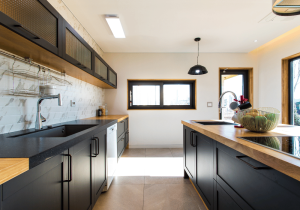Most people think do-it-yourself home improvement projects are a great way to save money and add value to your home. However, when it comes to home inspections, DIY projects can often be the cause of failed inspections. In this post, we’ll take a look at why this is the case and offer some tips on how to avoid failing your home inspection because of a DIY project gone wrong.
Common Home Improvement Mistakes
 The most common issue that can cause a home inspection to fail is when homeowners make mistakes during DIY projects. Mistakes like using the wrong type of materials, taking shortcuts, or not understanding building codes can lead to problems that aren’t visible until an inspector takes a closer look. In addition to technical issues, there are aesthetic factors that are also taken into account during an inspection. Poorly completed DIY projects may leave your home looking unfinished or unprofessional which could affect your overall score for the home inspection.
The most common issue that can cause a home inspection to fail is when homeowners make mistakes during DIY projects. Mistakes like using the wrong type of materials, taking shortcuts, or not understanding building codes can lead to problems that aren’t visible until an inspector takes a closer look. In addition to technical issues, there are aesthetic factors that are also taken into account during an inspection. Poorly completed DIY projects may leave your home looking unfinished or unprofessional which could affect your overall score for the home inspection.
Electrical or Plumbing System
Poorly installed electrical wiring or plumbing systems are some of the most common issues that can cause a home inspection to fail. If it is not done properly, it may lead to safety issues or even costly repairs down the road.
Doors, Windows, and Roofs
Incorrectly fitted doors, windows, and roofs can also cause an issue during a home inspection. If the door or window frames are not level or the roof is not properly sealed, it could lead to problems with air leakage and water damage.
Flooring or Tiling Materials
Improper flooring or tiling material can also cause an issue during a home inspection. If the flooring or tile is not installed properly, it could lead to sagging floors, cracking tiles, and even water damage due to improper sealing.
Following Building Codes
Another important factor that can cause a home inspection to fail is if the homeowner did not follow local building codes while doing the DIY project. Local building codes are in place for a reason and should be followed when doing any type of home improvement project. Not following these codes could lead to major issues later on down the line that may not be discovered until an inspector takes a closer look.
Structural Placements and Measurements
Structural errors resulting from incorrect measurements or placement of materials can also cause a home inspection to fail. It is important that you measure twice and cut once when doing any kind of DIY project in order to avoid structural issues during an inspection.
These are just some of the common mistakes made when undertaking DIY projects in homes. We suggest always renovating your home with an experienced contracting company to ensure the best results.
Tips for Successful DIY Projects
 If you plan on taking on a project yourself, there are some steps you can take to ensure that your project passes inspection:
If you plan on taking on a project yourself, there are some steps you can take to ensure that your project passes inspection:
- Research building codes and safety regulations related to the project – This includes making sure that the materials used meet current standards and regulations.
- Have an experienced contractor look over your work – Having someone experienced in construction double-check your work before an inspection can help catch any mistakes early on.
- Don’t take shortcuts – Taking shortcuts when it comes to construction projects can often lead to bigger problems down the road.
Contact a local home inspector to get started on your inspection. They will be able to make sure your home is up to code and working efficiently. They will also let you know what to improve on and fix so your property passes the next inspection.

